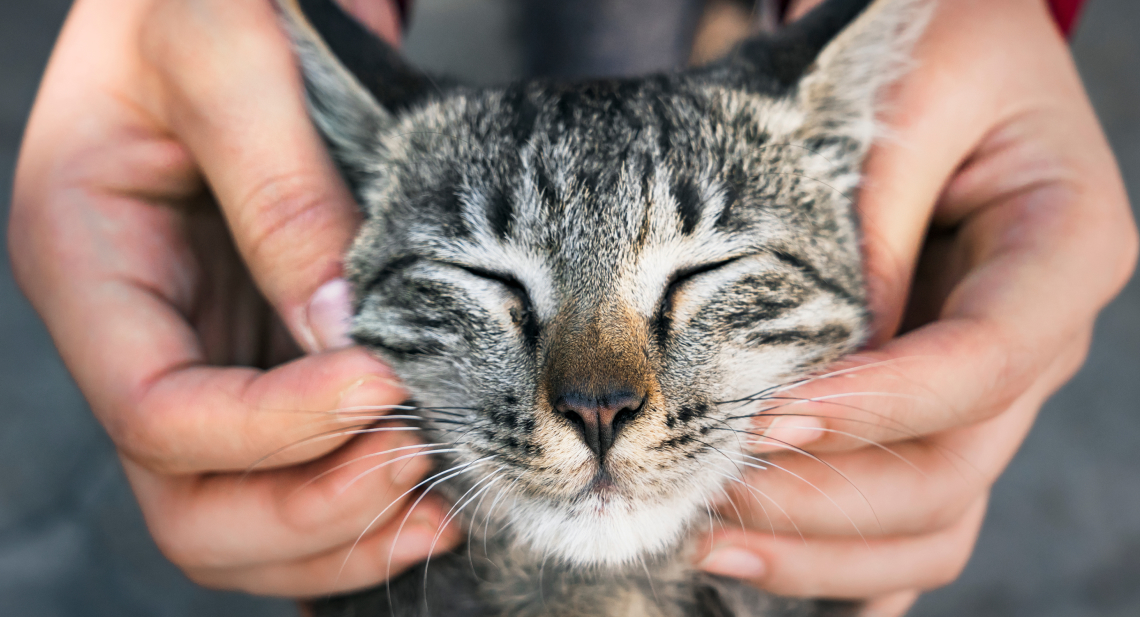
Skin care for your pet during winter
When winter arrives, you likely bundle up in layers of clothing, but what about your dog or cat? Just like us, our pets can experience changes in their skin due to cold weather, humidity, and the drier air indoors. Keep reading to learn how to keep your pet’s skin healthy and hydrated during this season.
Why can winter affect your pet’s skin?
Several factors can impact your pet’s skin during this time of year, including:
- Low temperatures: Dogs with little fur or sensitive skin often experience dryness, dehydration, or even irritation due to cold exposure.
- Indoor heating: Similar to humans, heating can dehydrate the skin, causing irritation and, in some cases, itching.
- Constant temperature changes: Moving between warm indoor environments and cold outdoor temperatures can disrupt your pet's skin's natural balance, leading to dryness, redness, or even cracks in areas like paw pads.
Signs that winter may be affecting your pet’s skin
It's essential to have your veterinarian assess whether these signs are purely cold-related or indicative of another condition. The most common signs include:
- Dry and scaly skin
- Red or irritated skin
- Dry and cracked nose or pads
Care and prevention tips
- Manage sudden temperature changes
Avoid exposing your pet to abrupt shifts between warm and cold environments. These changes can affect their skin’s elasticity, leading to dryness or irritation. - Keep your pet’s skin hydrated
Cold weather often means drier air, both outdoors and indoors, where heating reduces humidity. This can lead to dehydrated skin, irritation, and sometimes dandruff. One way to combat this is to apply specific moisturising products for pets such as Skinnia Calm which helps to soothe the irritation caused by the cold, keeping the skin hydrated and restoring it to a healthy state. - Protect your pet’s nose and paws
Paw pads and noses are particularly sensitive during winter. Exposure to cold, snow, ice, or even sidewalk salt can cause dryness, cracks, or irritation. Use specialized balms before walks to create a protective layer and products like Skinnia Repair to regenerate and hydrate these areas after each outing. - Increase humidity at home
Dry indoor air caused by heating also affects our pets. Consider using a humidifier in areas where your pet spends most of their time. This not only maintains ambient moisture but also improves breathing and reduces the risk of skin problems. - Limit baths
While baths help keep pets clean and healthy, they aren’t as necessary during winter. Their natural skin oils act as a protective layer against environmental dryness, and excessive bathing can strip away these oils, leading to dry skin. - Provide a balanced diet
A nutritious diet is one of the best ways to strengthen your pet’s skin against the cold. Foods rich in fatty acids, such as salmon or fish oil supplements, help improve the skin's barrier and keep the skin and coat in optimal condition.

Frequently asked questions
Can I use human creams on my dog or cat?
No, it’s not advisable to use human creams on pets. Their skin has a different pH level and is much more sensitive than ours, so human products can cause irritation, allergies, or even poisoning if licked. Human creams often contain ingredients like fragrances, alcohol, and preservatives that can harm them. Always use products formulated specifically for pets, designed to be safe even if ingested.
How can I tell if my dog’s dry skin is something more serious?
Dry skin is common during winter, but if your dog’s skin is irritated, inflamed, or has sores or scabs, it’s crucial to consult your veterinarian. More severe conditions, such as allergies or infections, may present similar symptoms to dry skin but require specialized treatment.
Do long-haired dogs also suffer from dry skin in winter?
Yes, long-haired dogs can also experience dry skin during winter. Although their long coat provides extra protection against the cold, dry air, heating, and temperature changes can still affect their skin. Symptoms like flakiness or irritation might be harder to spot under thick fur, but behaviors like scratching, licking, or visible dandruff in their coat are common indicators. Regular brushing helps distribute their natural oils and allows you to check for any skin issues. You can also apply pet-specific moisturizers to exposed areas like paw pads and the nose to prevent dryness in these sensitive zones.
Why do cats seem less affected by the cold than dogs?
Cats tend to be better at self-regulating their body temperature and often remain indoors during winter. Their grooming habits also help maintain their coat in good condition. However, they can still benefit from some of the recommended care tips, such as using humidifiers or providing a diet rich in fatty acids.
Related news
- Care
Summer is the perfect time to enjoy the outdoors with your pet, but it can also bring certain…
- Care
The arrival of spring brings good weather, and you’ll likely take the opportunity to spend as…
- Care
The skin is the largest organ of the horse's body, measuring between five and ten square meters…


